Challenges for India to go all electric by 2030
The Indian government announced to the world about going fully electric by 2030. But what are the challenges associated with this goal? And what could the solutions be?
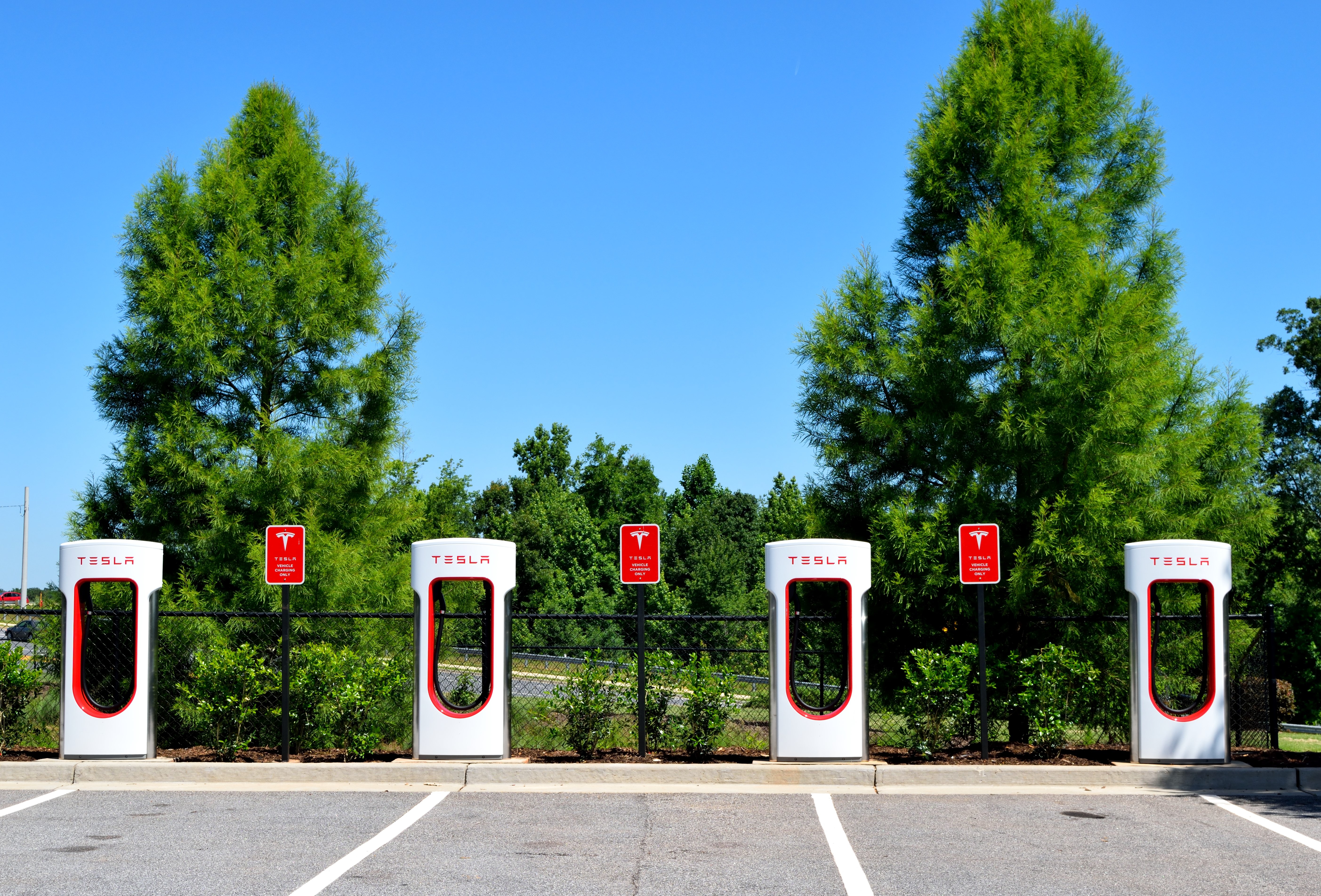 The vision of India going all electric is dependent on the power of it's charging infrastructure
The vision of India going all electric is dependent on the power of it's charging infrastructureThe Indian automobile market is one of the biggest in the world and has an escalating trajectory over the years. It picks up on the trends of the world with the Bharat Stage engine updates, emission norms, etc. and pushes to be a leading example. Recently, the government expressed its vision of going full electric by 2030. This claim is quite a challenge to uphold but Indian automobile sector and the players in it are trying to innovate different techniques to penetrate the market. But, as a customer, how does one adapt to this change? What challenges would one face? And lastly, what options are there? These are a few of the questions that we would like to answer today.
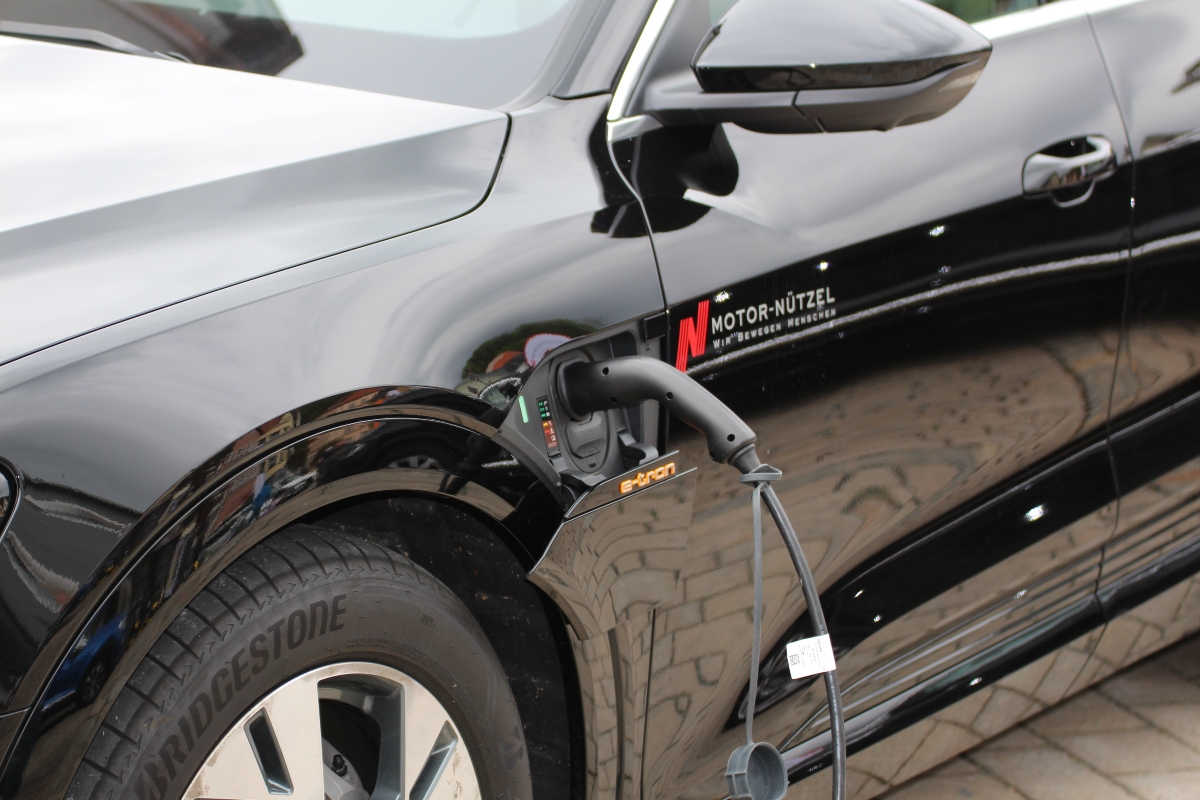 India plans of going full EV by 2030
India plans of going full EV by 2030Reality Check
India has announced that its automobile sector will completely change from oil guzzling monsters to bird friendly EV’s by 2030. This is a great step towards conservation of the environment and securing a safe future for the generations to come. But there is a small catch. The population of India is estimated to be nearly 1.4 billion. A huge chunk of that number uses some form of an ICE across various vehicle segments. Now, this sort of logistical problem is the ‘small catch’ in the equation of an all-electric India.
The International Energy Agency (IEA) has made an estimation that only about 30 per cent of the vehicle sales in India will be EV by 2030. It is also speculated that most of the EV drive will be pushed by the two-wheeler and three-wheeler market in the country. The IEA also says that the rate of buses and light-duty vehicles would also be low. This is a realistic projection by the IEA on the current slow tide of automotive-electrification in India. Currently we stand at EV markets being 1 per cent or lower of the total automotive share.
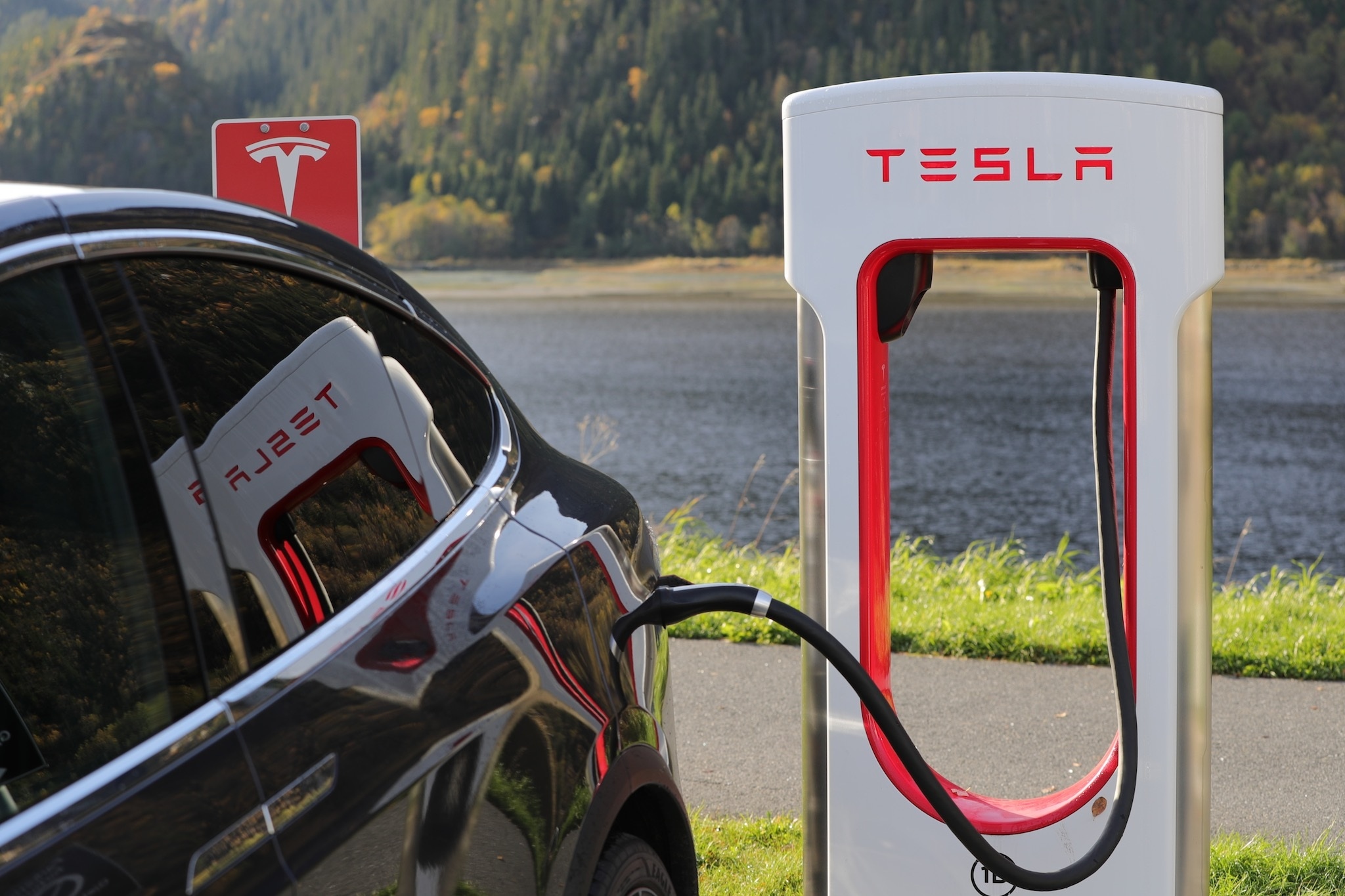 The EV drive will be pushed by the two-wheeler and three-wheeler market according to IEA
The EV drive will be pushed by the two-wheeler and three-wheeler market according to IEAIssues at hand
But buying an EV in 2021 does come with some challenges. The lack of charging stations is one to begin with. Europe is going all crazy on the EV wave as they are acting as a test bed for the electric market. Charging stations, private or otherwise, are being set up in all parts of Europe to make cross-country travelling a possibility with charging stations being planned out according to the route. Indian EV users, on the other hand, are not able to access this facility and charging infrastructures. Now, companies like Tata Power are putting up charging stations in malls and other such public access areas to solve that problem. Some manufacturers are also providing charging facilities in their dealerships and service centers to make owning an EV in India look plausible. Companies like Tata Motors, Hyundai, MG, Mercedes Benz and more are giving options to set up a charging station in your home should you buy an electric car from them.
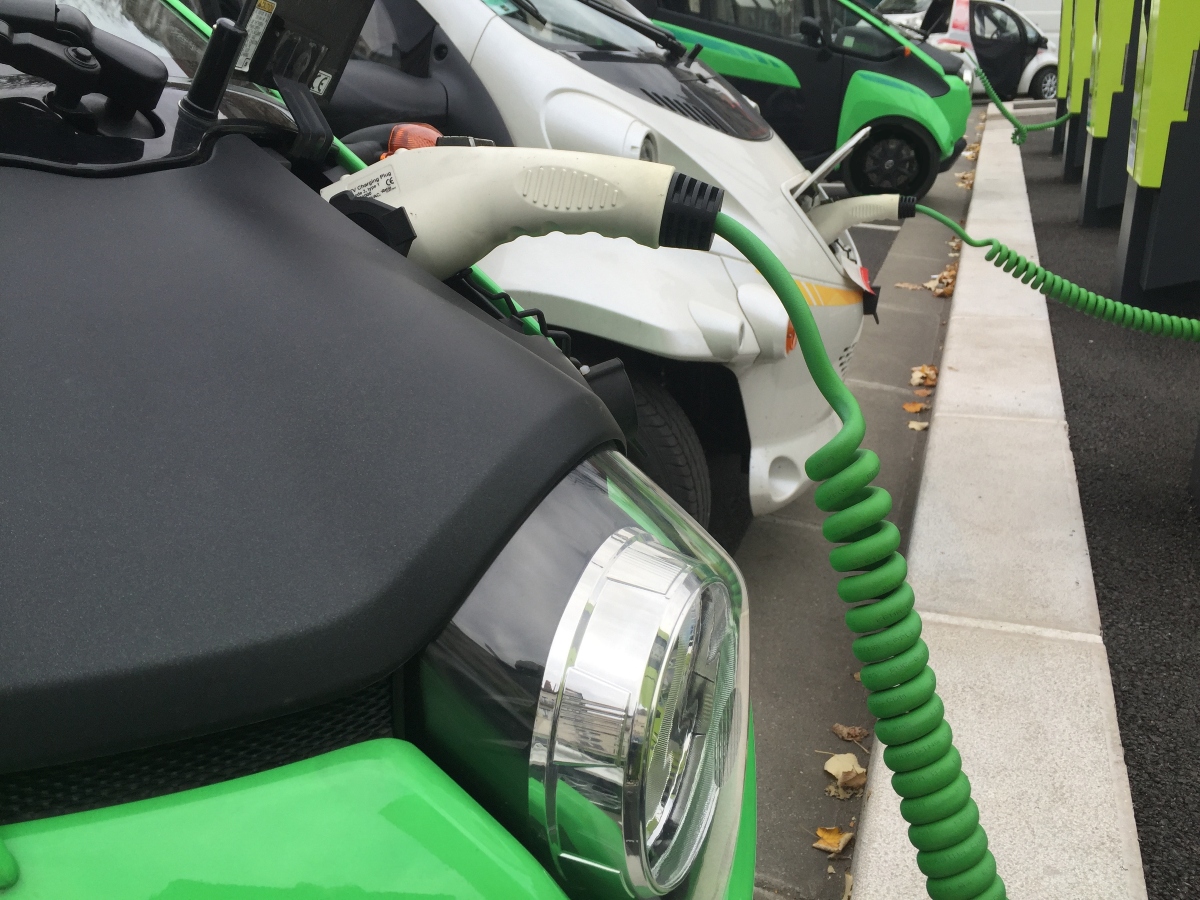 The charging time can be constraint to the all EV vision
The charging time can be constraint to the all EV visionThen we come to the challenge of the time constraint. A fast 300kW charger will take around 20 minutes to charge an EV to a near full capacity. In India, we can see traffic in petrol stations when filling our cars with dinosaur juice takes less than three minutes. Imagine a lot of Indians having to juice up their EV’s at the same time.
Indians living in buildings will also face a problem regarding the infrastructure of recharging. In case you don’t want to be the household with adapters swinging from the window, there are chances that you might need to set up an EV charging station near your parking spot. But buyers who don’t have a dedicated parking spot can face this challenge as they might be using the roadside public parking spaces to park their vehicles. Moreover, the installation of a separate connection for an AC wallbox charger, or even a regular 15 ampere plug in a housing complex can possibly be a tough issue to work around with the society association.
Possible Solutions
Regardless of the issues, we have to be prepared for the switch. So, let us see some of the EV options that are available in the 2021 Indian automotive market.
Mahindra e2o+ (Rs 7.3 lakh estimate)
Tata Tigor EV (Rs 9.58 lakh onwards)
Mahindra E Verito (Rs 10.15 lakh onwards)
Tata Nexon EV (Rs 13.99 lakh onwards)
Hyundai Kona Electric (Rs 23.77 lakh onwards)
MG ZS EV (Rs 20.99 lakh onwards)
Mercedes Benz EQC (Rs 1.04 crore onwards)
Jaguar I-Pace (Rs 1.05 crore onwards)
Audi e-tron (Soon to be launched)
Mercedes-Benz EQS (launch by the end of 2021)
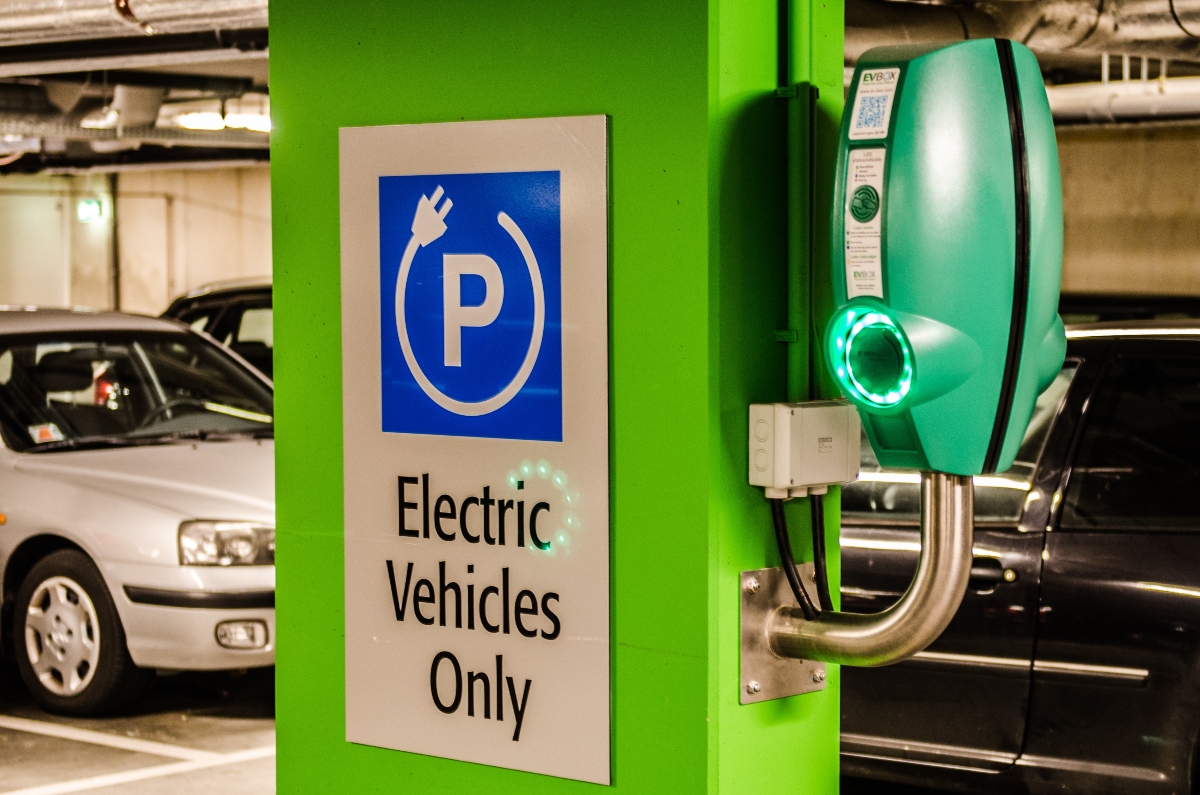 The investment to set up the charging infrastructure for an EV India is high
The investment to set up the charging infrastructure for an EV India is high Bigger Picture
The table might seem a little small now but there are many upcoming electric cars and motorcycles to be launched in 2021. CEEW Centre for Energy Finance (CEEW-CEF) has estimated that should India switch to EVs by 2030, it would open a market opportunity worth over Rs 14 lakh crore ($206 billion) in the course of this decade. That value itself will compel automobile manufacturers to come up with breakthrough ideas to encourage Indians to buy EVs. The same study also estimates that the vehicle production and the charging infrastructure investment for the change would amount to roughly Rs 12.5 lakh crore ($180 billion).
With all this in mind, we move ahead with the vision of being electric by 2030, having nine more years for the infrastructure to develop if the government decides to stick to its over-ambitious deadline. But, at least we have a clearer picture of the lifestyle adjustment that would be needed to go fully electric.


